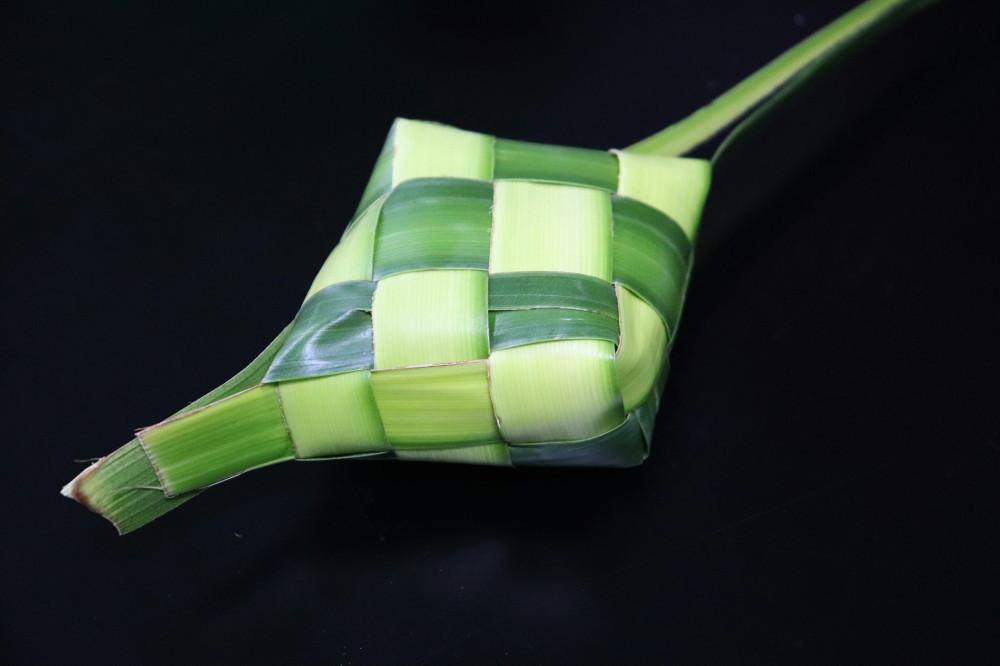
How Much Does And It Make
Understanding "And It Make": A Conceptual Overview
In the realm of linguistics and communication, phrases and expressions can often appear perplexing, especially to those unfamiliar with their context or usage. One such phrase that has garnered attention is "and it make." This phrase, while seemingly simple, encapsulates a range of meanings and implications that extend beyond its literal interpretation. To grasp the significance of "and it make," one must first delve into the intricacies of language, culture, and the way we convey our thoughts and feelings. This article aims to explore the multifaceted nature of this phrase, its applications, and its relevance in various contexts.
The Linguistic Roots of "And It Make"
At its core, the phrase "and it make" can be understood through the lens of English grammar, particularly within the framework of colloquial speech. The phrase often emerges in informal conversations, especially within certain dialects or cultural contexts. The word "and" serves as a conjunction, linking thoughts or ideas, while "it make" may be seen as a non-standard form of "it makes." This slight deviation from standard English reflects the fluidity of language and how it evolves in different social settings.
To fully appreciate the phrase, one must consider the linguistic roots that give rise to such expressions. Many languages, including English, are shaped by regional dialects, sociolects, and the influences of various cultures. In some communities, particularly those with rich oral traditions, phrases like "and it make" serve as a means of expressing collective experiences, emotions, or cultural narratives. As a result, this phrase transcends mere grammar; it becomes a symbol of identity and belonging.
Contextual Usage of "And It Make"
Understanding the phrase "and it make" requires an examination of the contexts in which it is used. In conversational English, particularly among friends or in casual settings, this phrase might emerge in storytelling or anecdotal situations. For instance, one might say, "I saw the sunset, and it make me feel so peaceful." Here, the phrase conveys a personal experience that resonates with listeners, inviting them to connect emotionally with the speaker's sentiments.
Moreover, the phrase can also appear in artistic expressions such as music, poetry, and storytelling. Artists often utilize non-standard grammar to evoke authenticity and relatability. In a song lyric, one might hear, "When we dance, and it make the world feel right." This usage not only captures a moment of joy but also reinforces the communal aspect of music, where listeners share in the emotions conveyed through the art form.
The Cultural Significance of "And It Make"
Culture plays a pivotal role in shaping language, and the phrase "and it make" is no exception. In many cultures, storytelling is a vital form of communication that preserves history, traditions, and values. The use of colloquial expressions, such as "and it make," can enhance the narrative quality of these stories, allowing them to resonate with audiences on a deeper level.
For instance, in African American Vernacular English (AAVE), expressions like "and it make" are integral to the culture's rich linguistic heritage. The use of such phrases reflects a unique way of engaging with language, emphasizing rhythm, emotion, and communal experiences. By incorporating these expressions into their narratives, speakers create a sense of belonging and cultural identity, allowing their stories to flourish within their communities.
The Impact of "And It Make" in Social Media
In today's digital age, social media has become a prominent platform for the exchange of ideas, cultures, and linguistic expressions. The phrase "and it make" has found its way into the lexicon of social media, where users often share personal anecdotes, reflections, and creative expressions. Memes, tweets, and posts frequently utilize colloquial language to create relatable content that resonates with a broad audience.
For example, a viral tweet might read, "I tried a new recipe, and it make my whole week!" This playful use of language not only conveys the speaker's joy but also invites others to share their own experiences. The phrase becomes a vehicle for connection, fostering a sense of community among users who appreciate the humor and authenticity embedded in informal language.
Challenges in Standardization
Despite its cultural and contextual significance, the phrase "and it make" often faces criticism in formal settings. Linguists and educators may advocate for adherence to standard grammar, arguing that non-standard expressions can create confusion or miscommunication. This tension between standardization and colloquial usage highlights a broader debate within linguistics regarding language evolution and the value of diverse linguistic expressions.
Critics of non-standard grammar may overlook the richness of expressions like "and it make," viewing them as errors rather than valuable components of language. However, proponents argue that language is inherently dynamic, and colloquial expressions play a crucial role in shaping cultural identity and fostering connection among speakers. This ongoing dialogue emphasizes the need to appreciate linguistic diversity and recognize the importance of context in language use.
Exploring "And It Make" in Literature
Literature serves as a powerful medium for exploring language and its nuances. Many authors intentionally incorporate colloquial expressions to add depth to their characters and narratives. The phrase "and it make" may appear in dialogues, capturing the essence of a character's voice and enriching the reader's understanding of their experiences.
In contemporary literature, authors often draw inspiration from their cultural backgrounds, weaving together diverse linguistic elements to create authentic narratives. The use of phrases like "and it make" can evoke a sense of place and character, allowing readers to immerse themselves in the story's world. By incorporating such expressions, writers contribute to the preservation of linguistic heritage while also challenging conventional notions of language and storytelling.
Embracing Linguistic Diversity
As we explore the phrase "and it make," we uncover layers of meaning that extend beyond its surface. This expression serves as a testament to the richness of language, reflecting cultural identities, personal experiences, and the ever-evolving nature of communication. By embracing linguistic diversity, we foster a greater appreciation for the myriad ways in which individuals express themselves and connect with one another.
In a world that is increasingly interconnected, understanding and celebrating the nuances of language is essential. Whether through storytelling, social media, or artistic expression, phrases like "and it make" remind us of the power of language to evoke emotion, build community, and preserve cultural heritage. As we navigate the complexities of communication, let us cherish the expressions that make our interactions more vibrant and meaningful.


